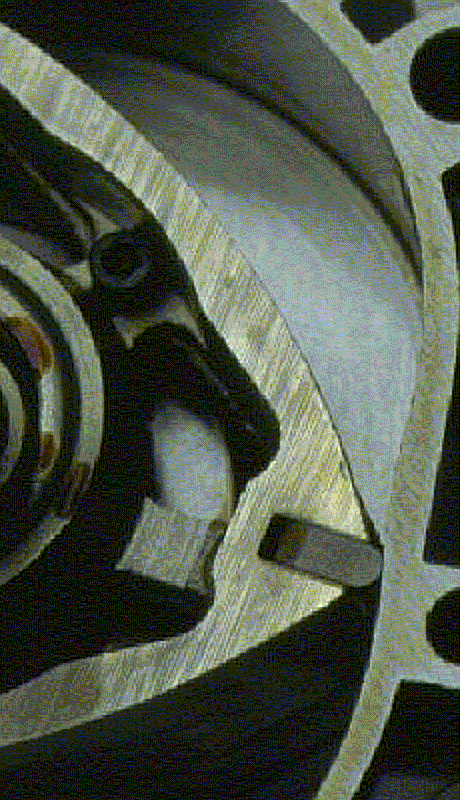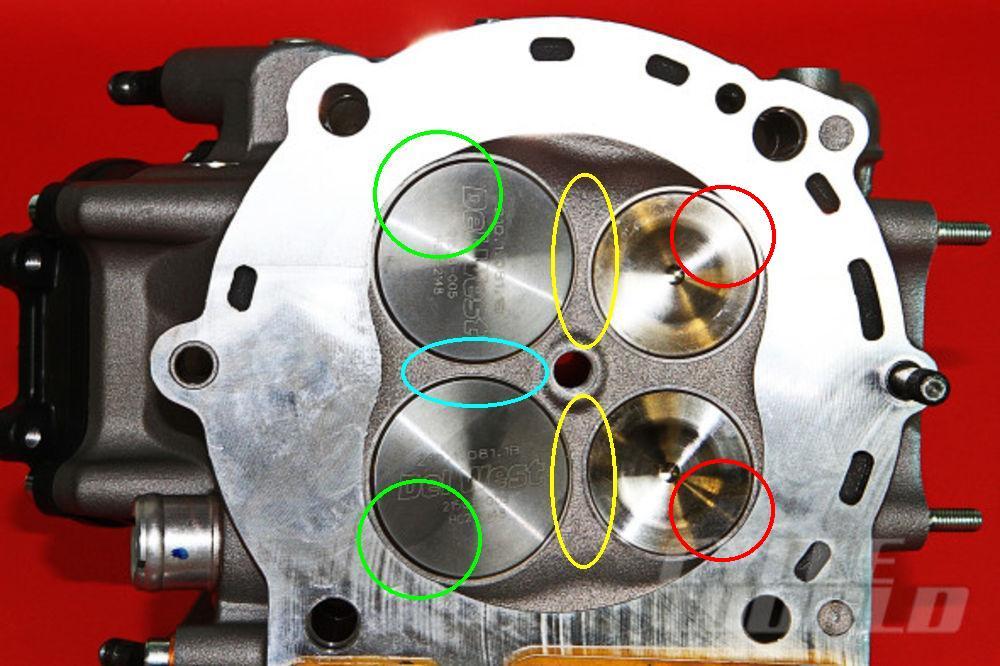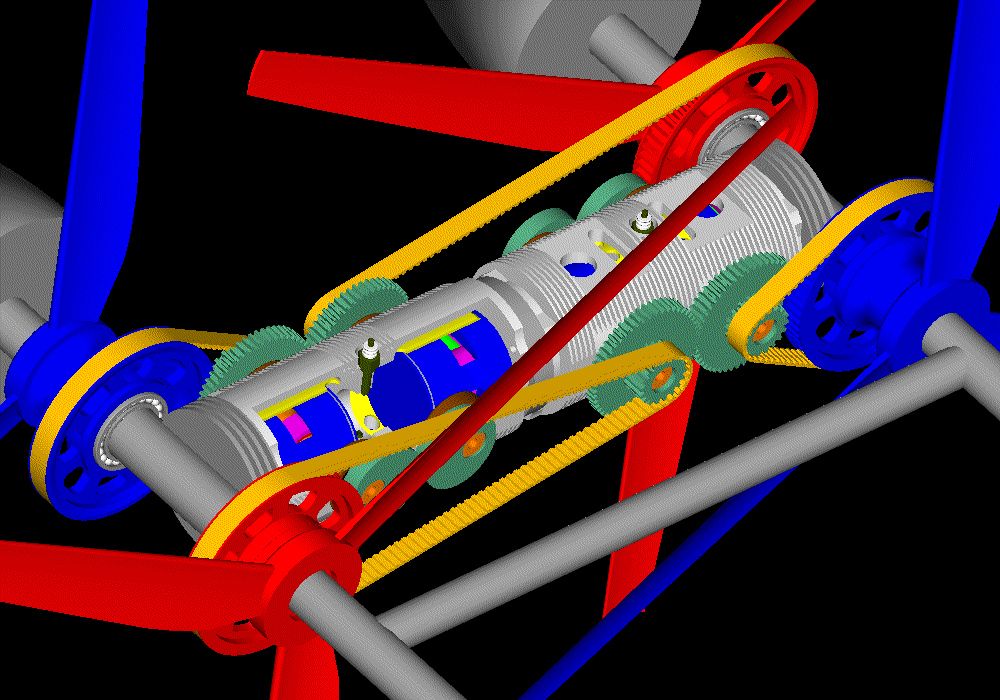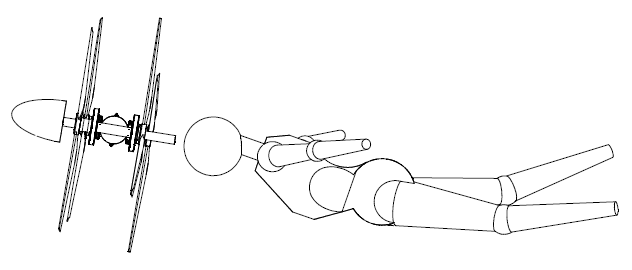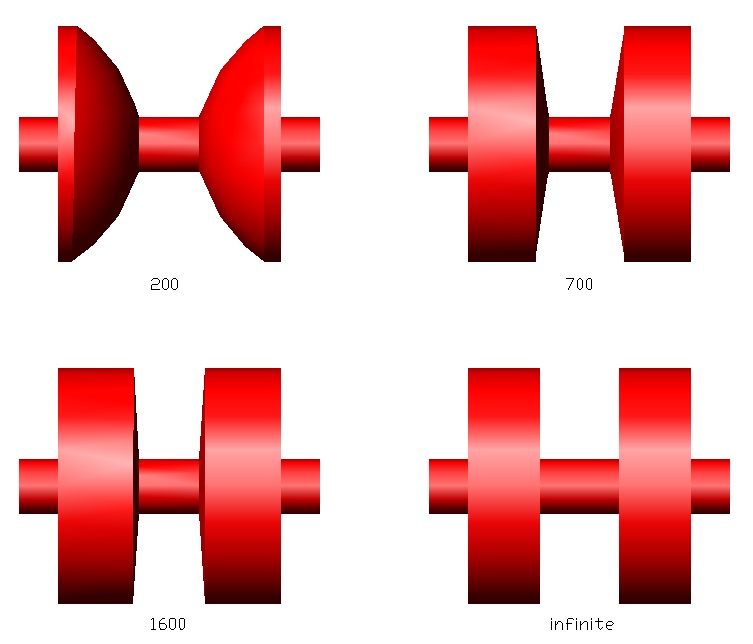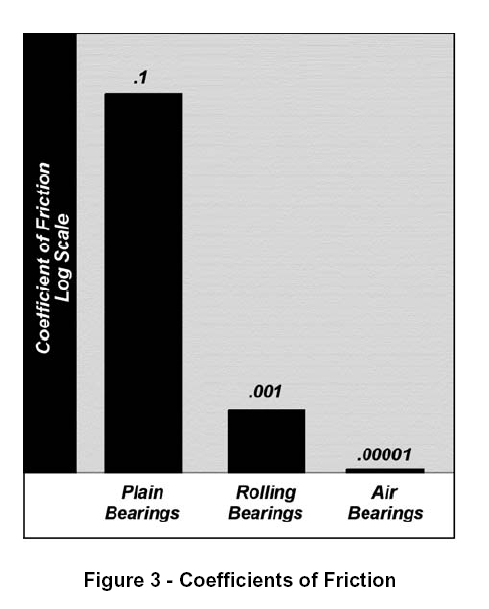Hello Nick Hulme.
You write:
what makes this seal as well as or better than previous rotary valve systems?
. . .
the gasses leak around the valve faces and this
is dependent only on clearances and the pressure difference between cylinder and atmospheric.
PatRoVas sealing is better than previous rotary valve systems because its architecture allows several times smaller clearances to be used and to be maintained.
The above is analytically explained at
http://www.pattakon.com/pattakonPatRoVa.htm
In a few words:
With the permanently zero total force on the PatRoVa rotary valve (no matter what the pressure inside the cylinder is) the sealing is independent from the bearings that support the rotary valve.
In comparison the sealing clearances in a Cross rotary valve (or in an Aspin rotary valve, or in any other rotary valve of the prior art) is the sum of the basic sealing clearance (when the force on the rotary valve is zero, i.e. without pressure into the cylinder), plus the clearance of the bearings whereon the rotary valve is supported. And because these bearings are heavily loaded, and because these bearings are of big diameter (for instance, in the case of the Cross rotary valve or of the Bishop-Cross rotary valve the mixture and the exhaust gas pass necessarily through the bearings that support the rotary valve), and because some of this bearings run too hot, the bearing clearance (which is added to the basic clearance) cannot be small enough to allow sealing without additional sealing means.
With a structure which is by far stiffer (for the specific loads applied) than the conventional rotary valves, the clearances can be maintained several times smaller.
Take the Bishop rotary valve (if the F1 rules had not been changed on 2004 to ban the rotary valves from F1, today all F1 cars would have rotary valve engines) and examine its structure and how flimsy it is for the loads it takes as compared to the PatRoVa rotary valve.
The Bishop rotary valve (the most advanced rotary valve, so far) is a thin tube with an oblique separator at the middle and two long axial ports, one on the cold side and another on the red hot side of the tube (i.e. it is a highly asymmetrical design which undergoes a highly uneven thermal expansion: half of the periphery of the tube (around the oblique separator) runs at, say, 900 degrees Celsius, while the other half of the periphery of the tube (around the oblique separator) runs at 50 degrees Celsius), with two big diameter needle roller bearings at the sides of the cylinder (i.e. at a long distance from each other, say at 130mm distance for a 100 bore cylinder) supporting it.
Think what the thermal expansion can do in such a tube.
Then think how much the sealing clearance is affected by a force of, say, 2 tons (20cm2 window area, 100bar cylinder peak pressure) acting through the window on the Bishop rotary valve.
Make a calculation or better make a test / experiment: put a 65mm (outer diameter) x 55mm (inner diameter) x 150mm (length) tube on two supports 130mm from each other, apply a force of 2tons at the middle of the tube and measure the bending of the tube (i.e. the displacement of the middle of the tube relative to its position without the 2 tons force) by a micrometer). Then cut two long ports on the tube and do the same measurement.
In practice (on the running engine) in the basic clearance of the Bishop rotary valve it has to be added the displacement of the center of the tube due to the force applied on it, it has also to be added the clearance of the big diameter / high speed needle roller bearings at the ends of the valve.
Important: the previous are for uniform temperature of the Bishop valve (say, for cold engine). But the temperature of the Bishop rotary valve during operation is highly uneven along and around it, which causes bending / distortion of it and increases substantially the required clearances.
Are we talking for hundredths of a mm, or for tenths of a mm?
I hope you understand now the difference.
A Cross or a Bishop-Cross rotary valve or an Aspin rotary valve, or a Coates spherical rotary valve cannot function without additional sealing means because of the several times bigger (than PatRoVas) clearances its architecture requires.
With the same total port area (10+10=20cm2) and the same cylinder pressure (100bar) the force onto each disk of the rotary valve is 1 ton.
Calculate the increase of the distance between the two discs of the PatRoVa. Take the diameter of the hub of the PatRoVa (at the ends of which they are secured the two disks) as 40mm (12.5cm2 of steel) for a normal size (like, say, 400cc) cylinder capacity .
Are we talking for more than 0.01mm?
I could stop here the explanation.
But there is a lot more.
Things further improve because the sealing in the PatRoVa is independent from the distortion / displacement at the two, of the three, dimensions.
Only the dimension along the rotation axis of the PatRoVa is significant for the sealing / clearances.
The sealing is so much independent from the radial clearances of the PatRoVa rotary valve that the valve can be displaced radially for a couple of millimeters (2.0 mm) without spoiling the working clearances.
Things are further improved with the significant reduction of the working length of the valve (thermal expansion effect). The working length is the distance between the inner flat surfaces of the two disks. This length is typically less than, say, 1/3 of the cylinder bore. For the Panigale 1299 (116mm bore) it would be some 35mm.
Things are further improved with the proper materials for the cylinder head and for the rotary valve. The basic requirements are small thermal expansion coefficient and high modulus of elasticity. Like, say, steel, spheroidal graphite iron, INVAR etc.
Things are more improved by keeping the PatRoVa rotary valve actually outside the combustion chamber (compare it to the Aspin rotary valve that lives inside the combustion chamber and comprises half of the combustion chamber wall surfaces).
The quick (and free, i.e. without obstacles) passing of the exhaust gas from the short exhaust port of the PatRoVa protects the valve from overheating (compare to the exhaust side of the Bishop rotary valve), further improves things.
The easy manufacturing (all the working surfaces are flat / plain surfaces) is another advantage. To cut and grind the two parallel flat surfaces (at the ends of the thick / robust shaft) at a specific distance from each other (equal to the width of the combustion chamber plus the basic clearance) is one of the simplest machining works. So it is not only that the PatRoVa needs several times smaller clearances than the other rotary valves of the art, it is also that the machining of the working surfaces is simple and requires no special cutting tools.
With proper surface hardening on the flat working surfaces (say, DLC) it is allowed the dry operation of the cylinder head (full absence of lubricant from the cylinder head), and it is enabled the reliable operation for a long-long time and the slower degradation of the lubricant (oil changes at substantially longer time intervals, read at Coates CSRV).
Things are further improved by PatRoVas symmetrical design and PatRoVas symmetrical temperature distribution (compare it to the Cross / Bishop rotary valve wherein a highly asymmetrical design (oblique separator in the middle of the valve) is combined with one cold side and one red hot side.
The free support of the PatRoVa on the cylinder head is another important characteristic that minimizes the required clearances and improves the sealing quality, especially for the multicylinder arrangements. See in the animations of the four-in-line how freely and independently from the others is supported each PatRoVa rotary valve and how it can find its perfect position above and around its own combustion chamber / cavity.
Etc, etc, etc.
Objections ?
You also write :
If you rely upon an oil film you will hit the usual oil consumption issue associated with many rotary valves
As explained in the previous, there is no need for an oil film between the sealing surfaces of the PatRoVa.
On the other hand, in a high revving model engine (this is the Home Model Engine Machinist forum) an oil film is used to improve the sealing between the piston and the cylinder liner (total loss lubrication). Even if you try to keep the flat working surfaces of the PatRoVa dry, this cannot be done because the exhaust gas has oil droplets in it. So, in such a case (high revving model engine) the PatRoVa will operate with an oil film between its flat working surfaces (which, in turn, allows bigger clearances and lower construction accuracy, i.e. easier and cheaper construction).
You also write :
there's nothing in any of
the fancy animations which shows an innovative sealing solution, without which you have a nice lawnmower engine
You cant see sealing means in the animations (or in the photos of the prototype running engine; did you see the youtube video at [ame]https://www.youtube.com/watch?v=6Q-EGdeS0ws[/ame] ? ) because there are no sealing means to be shown.
Sealing means like those used in the Bishop rotary valve or in the Coates rotary valves can be used in the PatRoVa and they will be simpler due to the flat surfaces they abut on.
However, and as explained analytically in the previous, the PatRoVa has, and maintains during operation, tiny clearances which make the conventional additional sealing means unnecessary.
Think how much everything will change in the internal combustion engines if the PatRoVa is as claimed. The conventional; poppet valve cylinder heads will be replaced by zero friction, high flow capacity, no-rev-limit PatRoVa cylinder heads.
By the way, did you achieve to see stereoscopically?
I think not, because you wouldnt call these animations fancy.
Most of those who failed (actually they stop trying) to see stereoscopically use to say: it cant be done.
My advice: try harder; it is worthy; it is more than fancy; the software is in your brain, all it takes is activation.
If I had to say in one sentence the previous:
The PatRoVa does what the other rotary valves fail to do: it keep the rotary valve at its place, it has and maintain tiny clearances, it is robust and stiff where it is required to be.
Thanks
[FONT="]Manolis Pattakos
.
[/FONT]

